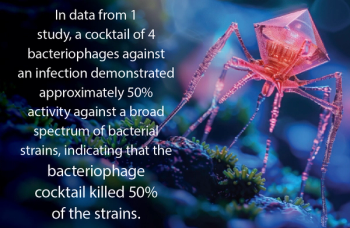
Leading Doctors Present Solutions for Life-Threatening Risks Associated With Smallpox Vaccination
NEW YORK -- Dr. Peter Elias, professor of dermatology at the University of California, San Francisco and last year's recipient of the Society for Investigative Dermatology's Montagna award for outstanding research, urges two simple steps to reduce the risk of eczema vaccinatum (EV):
1. Use of a ceramide-based skin care cream (in proper ratio) to protect the skin against viral invasion
2. Better screening methods that rely on biophysical measurements to identify those persons who may be at high risk for EV
More than 27 million Americans may have a defect in their skin's barrier function that elevates their risk for eczema vaccinatum -- a severe and sometimes fatal adverse reaction to the smallpox vaccine. The current smallpox vaccination plan will vaccinate over 940,000 members of the armed forces and healthcare workers and excludes persons with eczema and other skin disorders. Unlike other vaccines that contain dead viruses, the smallpox vaccine contains a live virus. This virus can be accidentally transmitted to others for 19 days following vaccination. If transmitted to someone with eczema it may result in a severe rash and generalized infection known as eczema vaccinatum. In rare cases, EV is fatal.
Why are persons with a history of eczema at higher risk for EV? According to the Centers for Disease Control and Prevention (CDC), "disrupted skin in patients with atopic dermatitis (eczema) permits viral implantations." According to Elias, "The skin's first line of defense is its skin barrier function which is made from three key lipids (ceramides). Persons with eczema are severely lacking one of these three lipids -- ceramides. As a result, these persons lack a strong skin barrier and their skin develops many small cracks which allow pathogens such as bacteria and viruses to enter the skin." Research at the University of California published in the August 2002 issue of the Journal of the American Academy of Dermatology, showed that this defect in the skin barrier of children with severe atopic dermatitis could be corrected by application of a topical cream.
Source: Osmotics Corporation
Newsletter
Stay prepared and protected with Infection Control Today's newsletter, delivering essential updates, best practices, and expert insights for infection preventionists.






